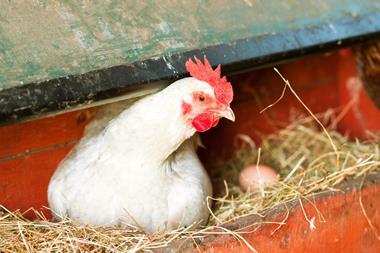J. Kenji López-Alt
W W Norton & Company
2015 | 938pp | £26.40
ISBN 9780393081084

The professional kitchen is often seen as a military operation, with the teamwork and clearly defined chain of command. The head chef barks orders and the cooks dutifully respond ‘oui, chef!’ Perhaps this is why cookbooks only tell you what to do without telling you the reason. Just as soldiers do not question why they need to carry out their mission, you do not question why you have to rest your roast before carving.
Then Ferran Adria and Heston Blumenthal came along. By questioning the orthodoxy and applying chemistry and physics, their new approach caused a lasting revolution in haute cuisine (attested by the ubiquity of foams, liquid nitrogen ice cream and sous-vide cooking).
Understandably, such cookery is often seen as pretentious or inaccessible by those that just want a simple home-cooked meal. However, science is indiscriminate and what improves Michelin-star food can also improve your sausages and mash.
J. Kenji López-Alt’s The food lab is both a science textbook and cookbook that brings modernist cooking to the home kitchen with the tools to exercise our own creativity. With an infectious enthusiasm, López-Alt applies the scientific method to explain things like why fried eggs can have a runny yolk despite the higher coagulation temperature of whites; why salads must be dressed at the last moment; and, indeed, why you must rest meat.
The food lab assumes no knowledge of science or cookery and provides a thorough grounding on many common dishes and ingredients. For each, he explains the underlying scientific principles and cooking techniques before demonstrating them with some easy-to-make and very delicious recipes. The dishes are generally American (a highly underrated cuisine on the Eastern side of the Atlantic), with recipes catering for every course apart from dessert. It is also very much home cooking and does not require any fancy ingredients or equipment – although López-Alt does provide an in-depth introduction to a myriad of kitchen gear (prepare to get nerdy about knives!). The only criticism is that despite containing an impassioned plea for the metric system, the book is understandably written for its American audience and is rife with Imperial measurements.
The book’s modularity means you can work through it like a textbook or simply find a specific recipe. However, you truly do get back what you put in. As such, it won’t inspire those who have no current interest in cuisine, but for everyone else, it is the only book you need to become a seriously good cook.












No comments yet